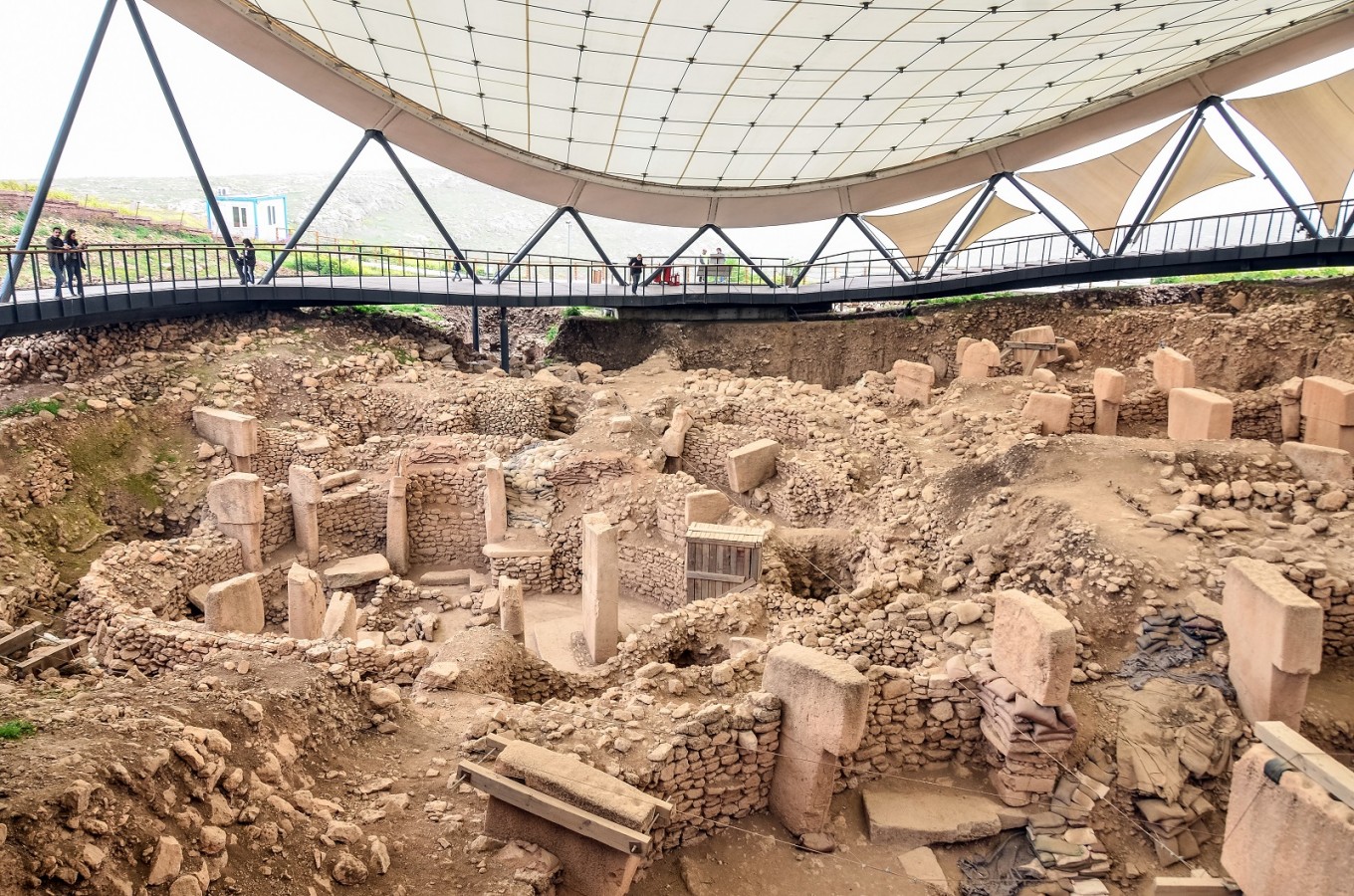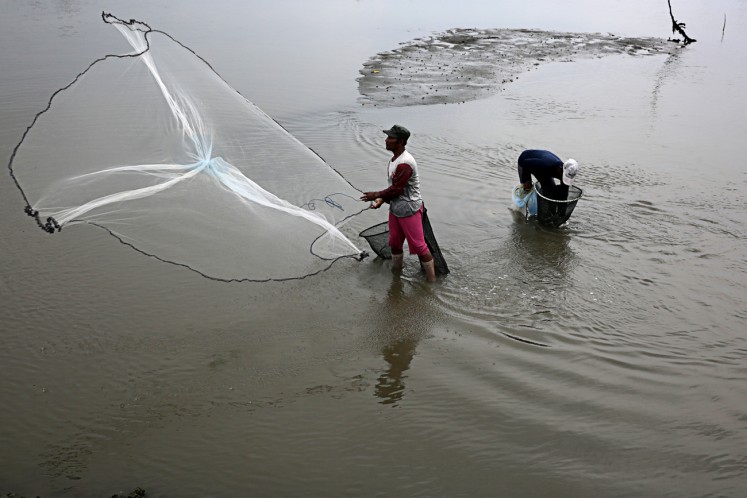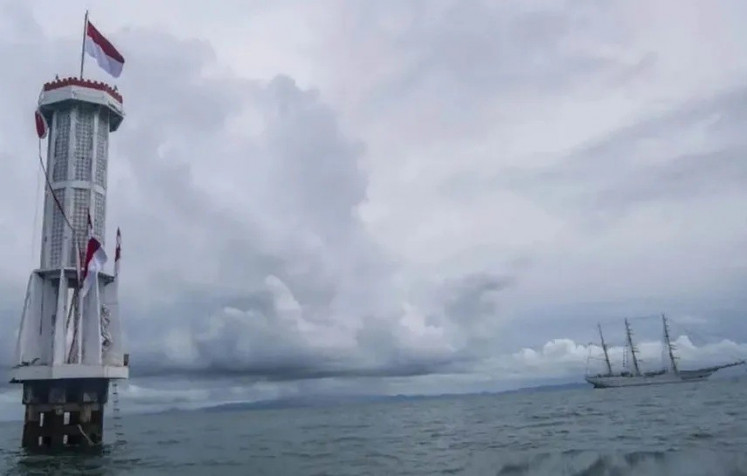Popular Reads
Top Results
Can't find what you're looking for?
View all search resultsPopular Reads
Top Results
Can't find what you're looking for?
View all search resultsTurkey's ancient temple site gets UNESCO heritage status
Change text size
Gift Premium Articles
to Anyone
A
Turkish ancient temple site in southeastern Anatolia was given UNESCO World Heritage status on Sunday, the UN agency announced at a meeting in the Bahraini capital Manama.
Named Gobekli Tepe (Potbelly Hill), the site is the world's oldest known megalithic structure located in Upper Mesopotamia and is some 11,000 years old.
The site, considered to be the world's oldest temple, is in the present-day southeastern province of Sanliurfa and reopened to tourists earlier this year after restoration work was undertaken including a protective roof for the site.
The site contains "monumental circular and rectangular megalithic structures, interpreted as enclosures, which were erected by hunter-gatherers in the Pre-Pottery Neolithic age between 9,600 and 8,200 BC", UNESCO said in a statement.
"It is likely that these monuments were used in connection with rituals, probably of a funerary nature," it added.
On the "distinctive" T-shaped large pillars, there are images of wild animals, which UNESCO said provided "insight into the way of life and beliefs of people living in Upper Mesopotamia about 11,500 years ago".
The late German professor Klaus Schmidt led the excavations of Gobekli Tepe from 1995.
In March this year, his wife Cigdem Koksal-Schmidt warned of heavy machinery and concrete being used to build a path at the site with images she shared on social media.
"I don't know how to articulate the sadness I feel now. Every time I visit, I see a new disintegration come to light," she was quoted as saying by Hurriyet daily at the time.
Read also: Inuit hunting grounds get UNESCO heritage status
The site had been on UNESCO's World Heritage Tentative List of Turkey since 2011 and the restoration work was part of efforts to attain World Heritage status.
It has become Turkey's 18th entry on the UNESCO World Heritage List.







